In the competitive world of job applications, a well-crafted cover letter can be your golden ticket to landing an interview. While resumes provide a snapshot of your qualifications, a cover letter allows you to showcase your personality, enthusiasm, and how your skills align with the specific job requirements. Many job seekers often overlook the importance of a strong cover letter, assuming their resume alone will suffice. However, a compelling cover letter is often the key to getting your foot in the door. This article will provide expert tips on how to write a cover letter that grabs the attention of hiring managers and significantly increases your chances of getting an interview.
Why Cover Letters Still Matter
Despite the rise of online applications, the cover letter remains a crucial component of a successful job search. It serves as your first introduction to a potential employer, providing an opportunity to make a positive first impression. Unlike a resume, which simply lists your skills and experience, a cover letter allows you to tell your story, explain why you’re interested in the specific role and company, and highlight how your unique skills and experiences align with the job requirements. Cover letters also offer a chance to address any potential gaps in your resume or to provide additional context that may not be apparent from a simple list of qualifications. In essence, a well-written cover letter can transform a good application into a great one, setting you apart from the competition.
Highlighting Your Skills and Experience
The core purpose of your cover letter is to demonstrate how your skills and experience align with the job requirements. Begin by carefully reviewing the job description and identifying the key skills and qualifications the employer is seeking. Then, in your cover letter, provide specific examples from your past experiences that showcase your proficiency in these areas. Instead of simply listing your skills, use the STAR method (Situation, Task, Action, Result) to provide concrete examples of how you’ve successfully applied those skills in previous roles. Quantify your achievements whenever possible – use numbers and data to demonstrate the impact you’ve made. For example, instead of saying “Managed social media accounts”, say “Increased social media engagement by 30% within six months by implementing a new content strategy.” This approach not only validates your skills but also provides tangible proof of your capabilities.
Researching the Company
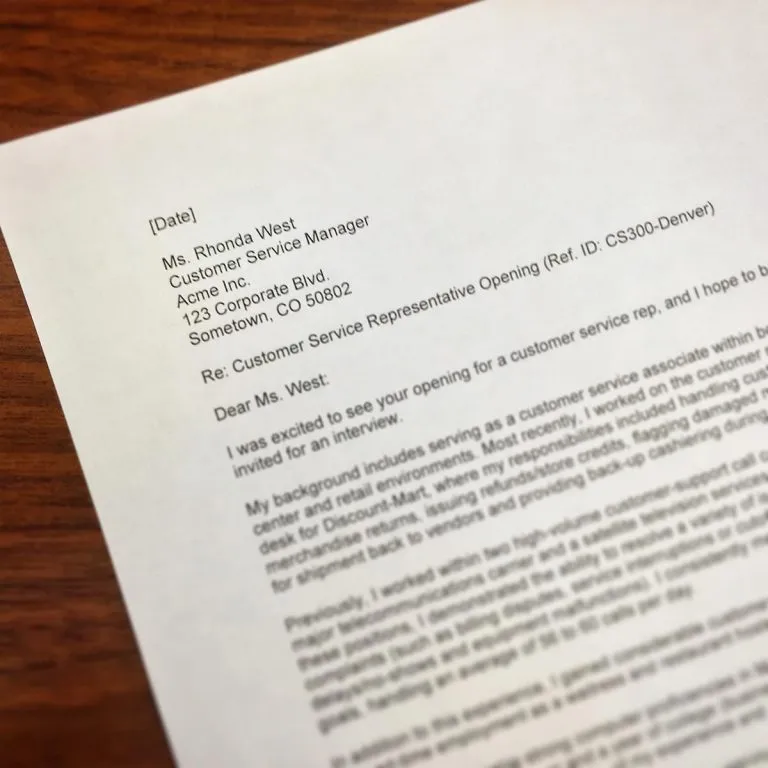
Demonstrate your genuine interest in the company by conducting thorough research. Visit their website, read industry news, and explore their social media presence to gain a deeper understanding of their mission, values, and recent initiatives. In your cover letter, specifically mention something that resonates with you about the company or the role. This could be a specific project they’ve undertaken, their commitment to a particular cause, or their company culture. Personalizing your cover letter in this way shows that you’ve taken the time to learn about the company and that you genuinely want to be a part of their team. This level of detail demonstrates initiative and a proactive approach, making you a more attractive candidate.
Tailoring to the Job Description
A generic cover letter is easily spotted and often dismissed. The most successful cover letters are tailored to each specific job application. This involves carefully reviewing the job description and modifying your letter to highlight the skills, experiences, and qualities that the employer is seeking. Avoid using a one-size-fits-all template; instead, personalize your letter to address the specific requirements outlined in the job posting. This shows that you’ve taken the time to understand the role and that you’re genuinely interested in the opportunity. For example, if the job description emphasizes project management skills, dedicate a significant portion of your cover letter to discussing your project management experience and providing concrete examples of your successes.
Formatting a Professional Cover Letter
The format of your cover letter is just as important as its content. A well-formatted cover letter is easy to read and visually appealing, making a positive first impression. Use a clear and professional font such as Arial, Calibri, or Times New Roman, with a font size between 10 and 12 points. Maintain consistent formatting throughout the letter, including spacing, margins, and bullet points. Ensure that your letter is free of typos, grammatical errors, and awkward phrasing. A poorly formatted cover letter can undermine your credibility and make you appear unprofessional. Proofread carefully, and consider having a friend or colleague review your letter before submitting it.
Header Essentials
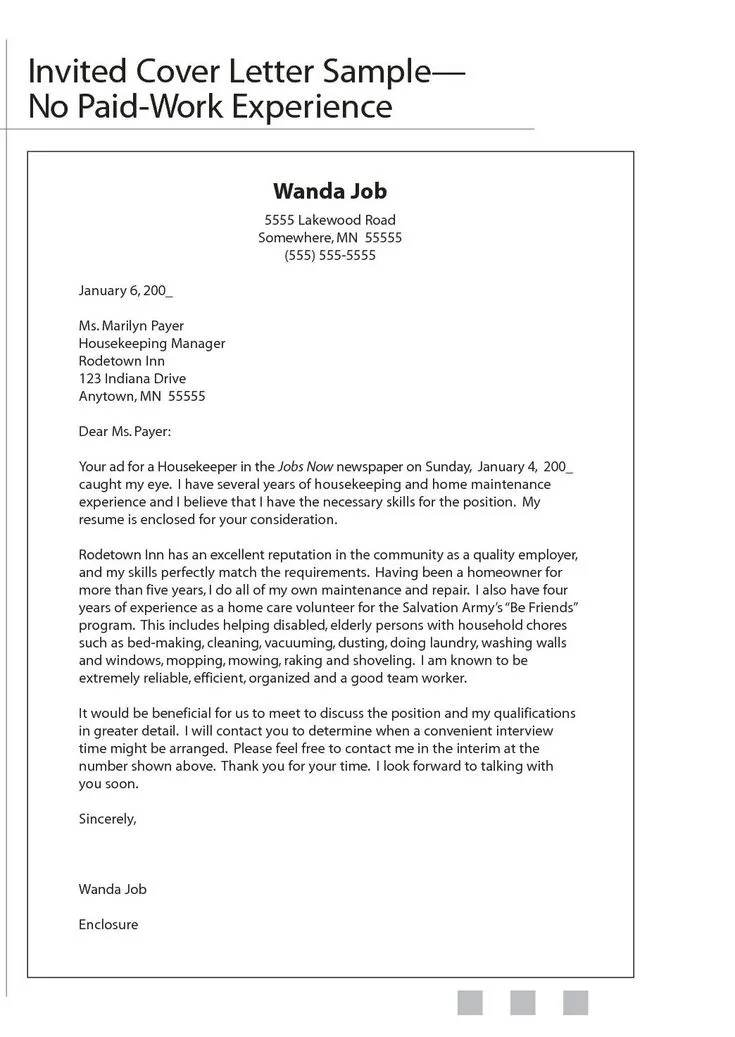
Your header should include your full name, contact information (phone number and email address), and the date. If you’re applying to a specific person, include their name and title, and the company’s address. Always use a professional email address. Avoid using nicknames or overly creative email addresses. The header is the first thing a hiring manager will see, so it’s essential to make a good impression. Ensure all your contact information is accurate and up-to-date. It should be easy for the hiring manager to contact you if they are interested in your application. Properly formatting the header ensures you’re taken seriously from the beginning.
Body Paragraphs Make it Compelling
The body of your cover letter is where you get to showcase your skills, experience, and enthusiasm for the job. Structure your body paragraphs to create a compelling narrative that captures the reader’s attention. Typically, a cover letter will have three to four paragraphs. The first paragraph should state the position you’re applying for and how you learned about the opportunity. The middle paragraphs should highlight your relevant skills and experience, providing specific examples to demonstrate your capabilities. The final paragraph should summarize your interest in the role and company and express your enthusiasm for an interview. Each paragraph should be concise and focused, delivering valuable information that supports your candidacy.
The Opening: Grabbing Their Attention
The opening paragraph is your chance to make a strong first impression. Avoid generic opening lines such as “I am writing to apply for the position of…”. Instead, start with a compelling statement that captures the reader’s attention. This could be an enthusiastic sentence about the company or the job, or a brief summary of your most relevant skills or experiences. The opening should clearly state the position you’re applying for and where you found the job listing. You can mention a mutual contact if applicable. Make sure your opening is customized to the specific job and company to show you’ve done your research.
Middle Paragraphs Show Your Value
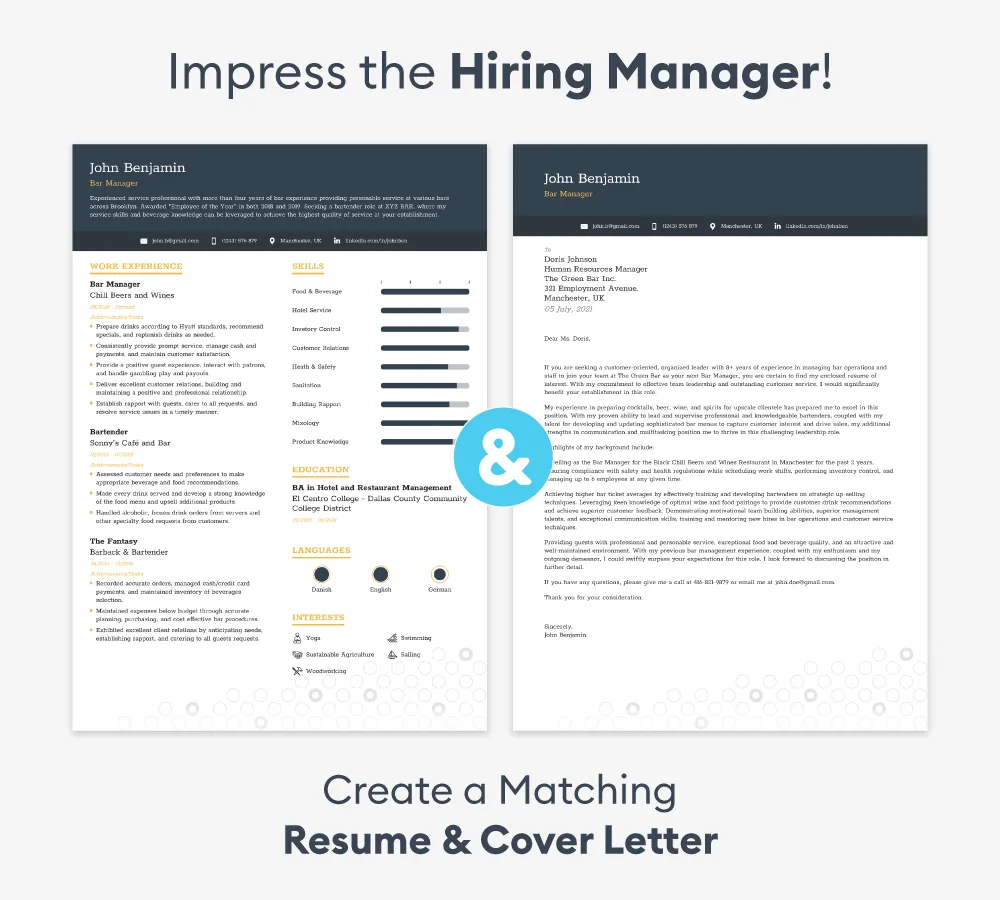
The middle paragraphs are where you provide specific examples to demonstrate your skills and experience. Use the STAR method to describe situations where you applied your skills to achieve positive results. Focus on the most relevant skills and experiences that align with the job description. Quantify your achievements whenever possible – use numbers and data to highlight your successes. For example, instead of saying “Improved customer satisfaction”, say “Increased customer satisfaction scores by 15% through implementing a new customer service strategy.” This level of detail shows that you not only have the skills but also that you can deliver tangible results.
The Closing: Call to Action
The closing paragraph should summarize your interest in the role and company. Reiterate your enthusiasm for the opportunity and express your eagerness to learn more. Include a call to action, such as “I would welcome the opportunity to discuss my qualifications further in an interview.” Avoid being overly assertive or presumptuous. End with a professional closing, such as “Sincerely” or “Best regards,” followed by your typed name. A strong closing paragraph leaves a lasting positive impression and encourages the hiring manager to take the next step in the hiring process.
Proofreading and Polishing Your Cover Letter
Proofreading is an essential step in the cover letter writing process. Typos, grammatical errors, and awkward phrasing can undermine your credibility and make you appear unprofessional. Before submitting your cover letter, carefully proofread it for any errors. Check for spelling mistakes, grammatical errors, punctuation issues, and any inconsistencies in formatting. Read your cover letter aloud to catch any awkward phrasing or sentences that don’t flow smoothly. Consider having a friend or colleague review your cover letter. A second pair of eyes can often spot errors that you might miss. Pay particular attention to details such as names, dates, and contact information. A polished cover letter shows that you pay attention to detail and that you care about making a good impression.
Common Mistakes to Avoid
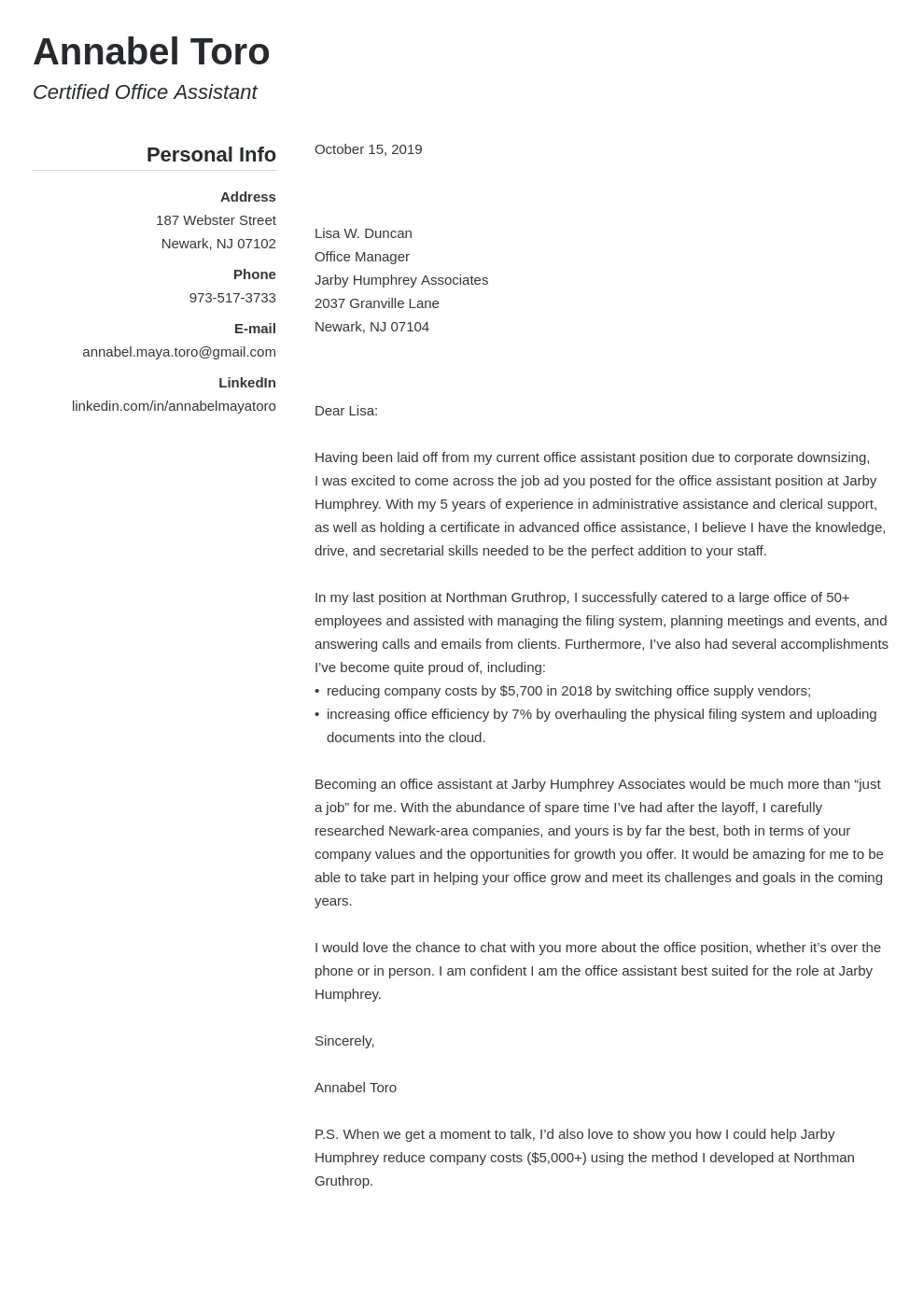
Avoiding common mistakes can significantly improve the effectiveness of your cover letter. One common mistake is using generic language that is not tailored to the specific job or company. Avoid using clichés, buzzwords, and overly formal language. Another mistake is simply repeating information from your resume. Instead, use your cover letter to elaborate on your experience and provide specific examples of your accomplishments. Failing to proofread is a critical error that can easily be avoided. Always take the time to proofread your cover letter for any errors. Another common mistake is not including a call to action. Make sure to express your interest in the role and ask for an interview. Finally, failing to research the company is a major oversight. Show that you have taken the time to understand the company’s mission, values, and recent initiatives.
Using Keywords Effectively
Use keywords from the job description to increase your chances of getting noticed by applicant tracking systems (ATS). However, avoid keyword stuffing. Naturally integrate relevant keywords into your cover letter while maintaining a clear and concise writing style. Research the industry and the specific role to identify the keywords employers are looking for. Incorporate these keywords throughout your cover letter in a way that makes sense and flows naturally. Doing so helps ensure your application is found by those who are looking for it.
Avoiding Generic Language
Generic language makes your cover letter seem impersonal and uninspired. Replace generic phrases with specific examples and details. Focus on showcasing your unique skills and experiences. Instead of saying “I am a hard worker,” provide evidence that supports that statement. For example, you might say “I consistently exceeded sales targets by 20% through diligent prospecting and relationship building.” Avoid clichés and buzzwords. Instead, use clear and concise language that highlights your qualifications and what you offer. By avoiding generic language, you can make your cover letter more compelling and memorable.
Formatting for Readability
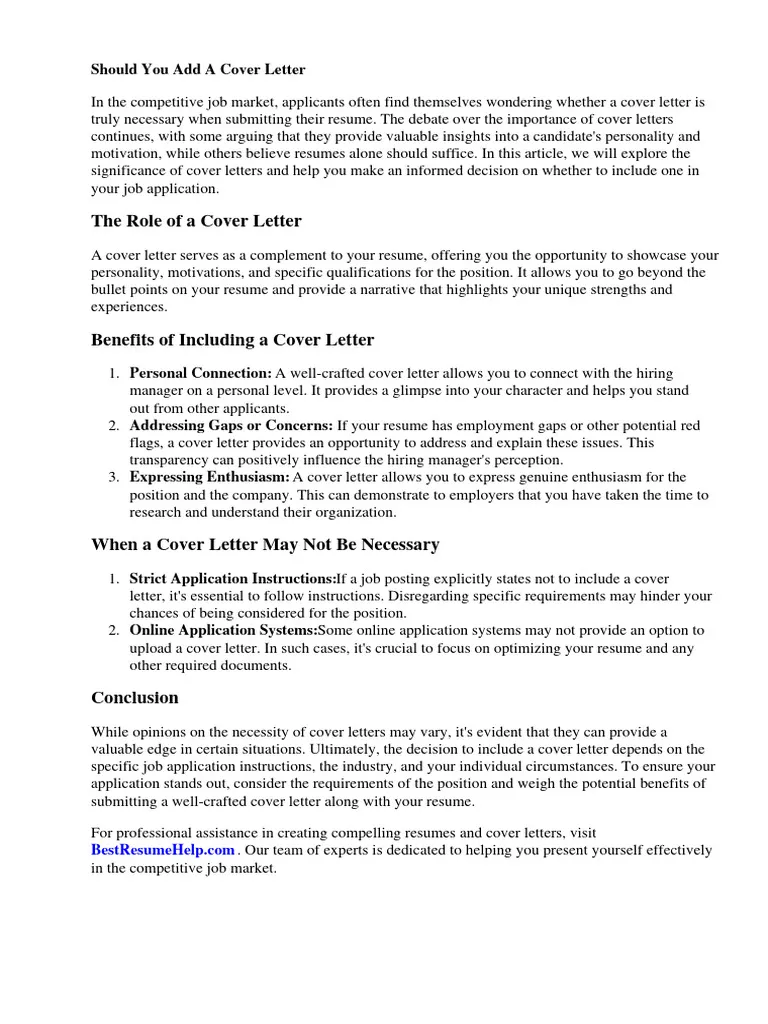
Formatting your cover letter for readability is crucial for keeping the hiring manager engaged. Use a clear, professional font like Arial or Times New Roman. Maintain a consistent font size (10-12 points) throughout the document. Use clear paragraph breaks to separate ideas and to make it easier to skim. Use bullet points to highlight key skills or achievements, making them stand out. Use white space effectively by leaving margins and spacing between paragraphs to prevent your letter from looking crowded. Ensure a professional appearance and an easy-to-read format will make your cover letter more appealing and improve your chances of making a positive impression.
By following these expert tips, you can write a cover letter that effectively showcases your skills and experience, captures the attention of hiring managers, and increases your chances of landing an interview. Remember to tailor your cover letter to each specific job application, proofread carefully, and present yourself in a professional and enthusiastic manner. Good luck with your job search!
